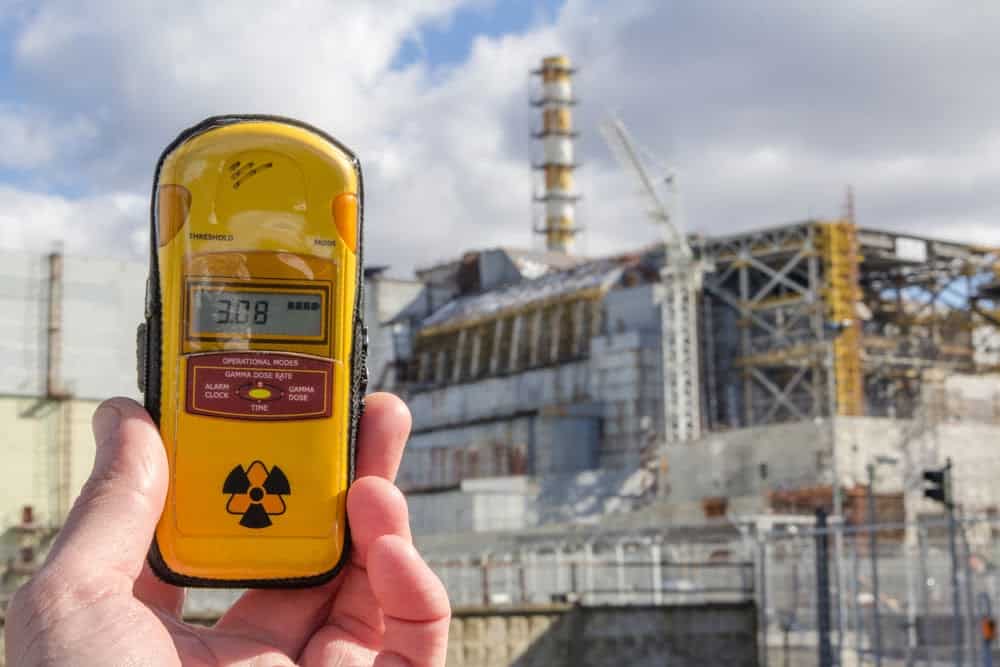A startling discovery has been made almost ten years after a nuclear accident wiped out all signs of life near the Fukushima Daiichi. What had been considered by scientists to be a disaster is now starting to bud new plant life and breed more creatures, something experts thought was not possible.
A camera study that has been published in the Journal of Frontiers in Ecology and the Environment recorded the existence of more than 20 species that can be found in the vast amount of landscape. The discovery presents many answers to scientific questions about the resurgence of new life after an epic disaster. It is quite a remarkable turnaround from the devastation that was just a decade before. The Fukushima disaster is still affecting Japan to this day.
The Fukushima Disaster

The Fukushima Daiichi nuclear disaster occurred on March 11, 2011, and it has been considered one of the most severe nuclear disasters since the 1980s. It is one of only two disasters that have been given the Level 7 distinction on the International Nuclear Event Scale, which is the maximum severity a disaster could get. Approximately 15,000 people died during the natural disaster, with some reporting the death toll with as many as 19,000.
The accident was believed to have been started by a massive earthquake and tsunami. The 9.0 earthquake was undersea, and it has been known as the Great Sendai Earthquake. It was the most powerful quake ever to have been recorded in Japan and the fourth most powerful since modern records began in 1900.
